Citizenship British Role Surveyor Name George Everest | Nationality Welsh | |
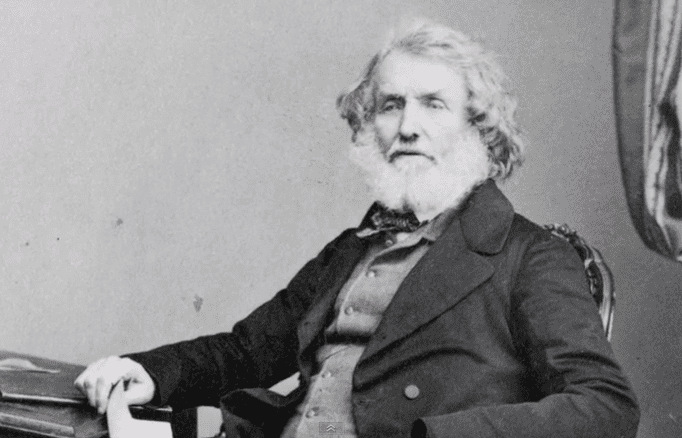 | ||
Born 4 July 1790Crickhowell, Wales, United Kingdom ( 1790-07-04 ) Known for Great Trigonometric Survey of India Books Colonel Sir George Everest (1790-1866): A Celebration of the Bicentenary of His Birth, 8 November 1990 at the Royal Geographic Society, London Parents William Tristram Everest, Lucetta Mary Everest Siblings Charles Everest, John Everest, Robert Everest, Lucetta Mary Everest, Thomas Roupell Everest Similar People Tenzing Norgay, William Lambton, Mary Everest Boole, Colin Mackenzie, Jordan Romero | ||
Himalayas view at george everest peak mussoorie ep 25
Colonel Sir George Everest FRS, FRAS (; 4 July 1790 – 1 December 1866) was a Welsh surveyor and geographer, and the Surveyor General of India from 1830 through 1843.
Contents
- Himalayas view at george everest peak mussoorie ep 25
- Sir george everest s house mussoorie india
- Biography
- Family
- Everests house in Mussoorie India
- Pronunciation of Everest
- References
Everest was largely responsible for completing the section of the Great Trigonometric Survey of India along the meridian arc from southern India extending north to Nepal, a distance of about 2,400 kilometres (1,500 mi). This survey was started by William Lambton in 1806 and it lasted for several decades.
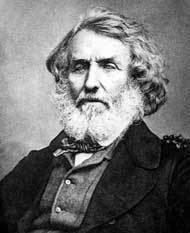
In 1865, Mount Everest was named in his honour in the English language, despite his objections, by the Royal Geographical Society. This enormous peak was surveyed by Radhanath Sikdar and named by Everest's successor, Andrew Scott Waugh, in his role as the Surveyor General of India.
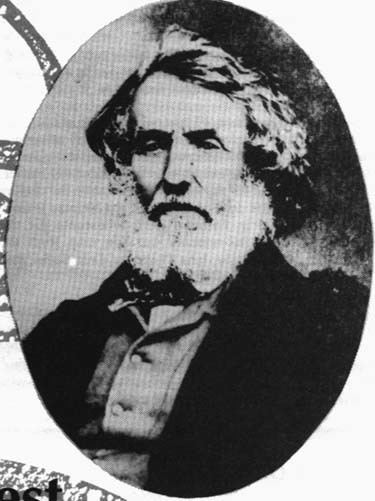
Sir george everest s house mussoorie india
Biography
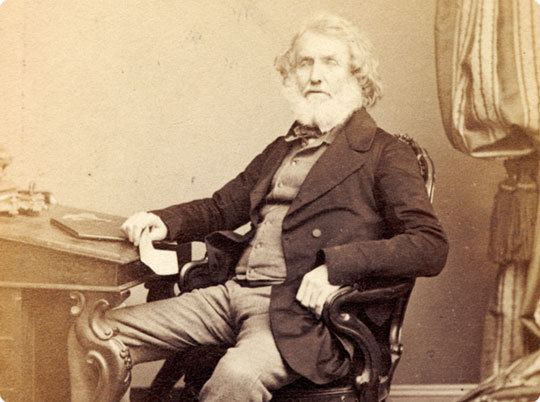
Everest was born in Gwernvale Manor, just west of Crickhowell in Brecknockshire, Wales, in 1790, and he was baptised in Greenwich.
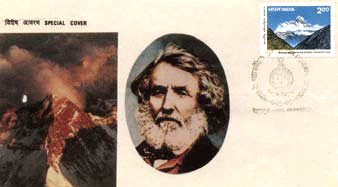
Commissioned into the Royal Artillery, in 1818, Lt. Everest was appointed as assistant to Colonel William Lambton, who had started the Great Trigonometrical Survey of the subcontinent in 1806. On Lambton's death in 1823, Everest succeeded to the post of superintendent of the survey, and in 1830 he was appointed as the Surveyor-General of India.
Everest retired in 1843 and he returned to the UK, where he became a Fellow of the Royal Society. He was dubbed a knight in 1861, and in 1862 he was elected as the vice-president of the Royal Geographical Society. Everest died in London in 1866 and is buried in St Andrew's Church, Hove, near Brighton.
Family
Sir George had several siblings, including two younger brothers. George's first younger brother was the Rev. Robert Everest, M.A., chaplain to the East India Company and author of A Journey Through the United States and Part of Canada. His second (his youngest brother) was the Rev. Thomas Roupell Everest, M.A., the father of Mary Everest and a lay homoeopath.
Sir George's third daughter, Ethel Everest, was an associate of Emma Cons, and friend of Lilian Baylis. She provided financial support for the founding of Morley College in south London.
One of Sir George's sons, Lancelot Feilding Everest, was educated at Harrow School and Trinity College, Cambridge, and was called to the Bar by Lincoln's Inn. He practised as a barrister in chambers in London and was also the principal author of The Law of Estoppel. Lancelot's eldest son, Cyril Feilding Everest, enlisted in the Canadian Infantry on 17 November 1914 and was killed in action on 9 October 1916 at the Battle of the Somme.
Sir George's niece, Mary Everest, married mathematician George Boole in Gloucestershire on 11 September 1855. In spite of the absence of formal training, Mary was a fine mathematician in her own right, as was one of her daughters, Alicia Boole Stott. Alicia's son, Leonard Boole Stott, studied medicine and became a pioneer in the treatment and control of tuberculosis, work for which he was later appointed an OBE Mary Boole's daughter Margaret was the mother of Sir Geoffrey Ingram Taylor OM, a graduate of Trinity College, Cambridge, a renowned mathematician and physicist, and a major figure in fluid dynamics and wave theory.
Everest's house in Mussoorie, India
Everest owned a house in Mussoorie, Uttarakhand, India, for about 11 years. He purchased it, sight unseen, from General Whish. Although now virtually derelict, it still has its roof, and there have been various plans to make it into a museum.
Built in 1832, the house is known today as Sir George Everest's House and Laboratory, or Park House. The house is situated in Park Estate about 6 kilometres (4 mi) west of Gandhi Chowk / Library Bazaar, (the west end of Mall Road in Mussoorie). Its location has panoramic views of the Doon Valley on one side and the Aglar River valley and the Himalayan Range to the north.
The house is under the jurisdiction of the Tourism Department. These underground water cisterns (or perhaps pits for storing ice, although water is scarce in the area) are quite deep and lie uncovered in the front yard outside the house, filled with litter and posing danger of slipping.
The interior has been stripped but the fireplaces, roof, and the door and window frames still remain. The house is secured by steel grills and cannot be entered. Now that this property is better known and the access road has been improved, the walls are covered with graffiti and then periodically whitewashed clean.
Recent new fencing, tree planting and the construction of a ticket booth (as of late 2015) indicate that at some point it will cost to enter the property. The inside has signs of renovation several years ago, such as ceramic floor tiles in the kitchen and electrical switch boxes. Conservation architects at the Indian National Trust are vying for this project.
Pronunciation of "Everest"
Sir George's surname is pronounced . (i.e. Eve-rest with "Eve" pronounced as in the woman's name). The mountain named after him – Mount Everest – is disparately pronounced or (i.e. Ever-est with ever as in evermore).
